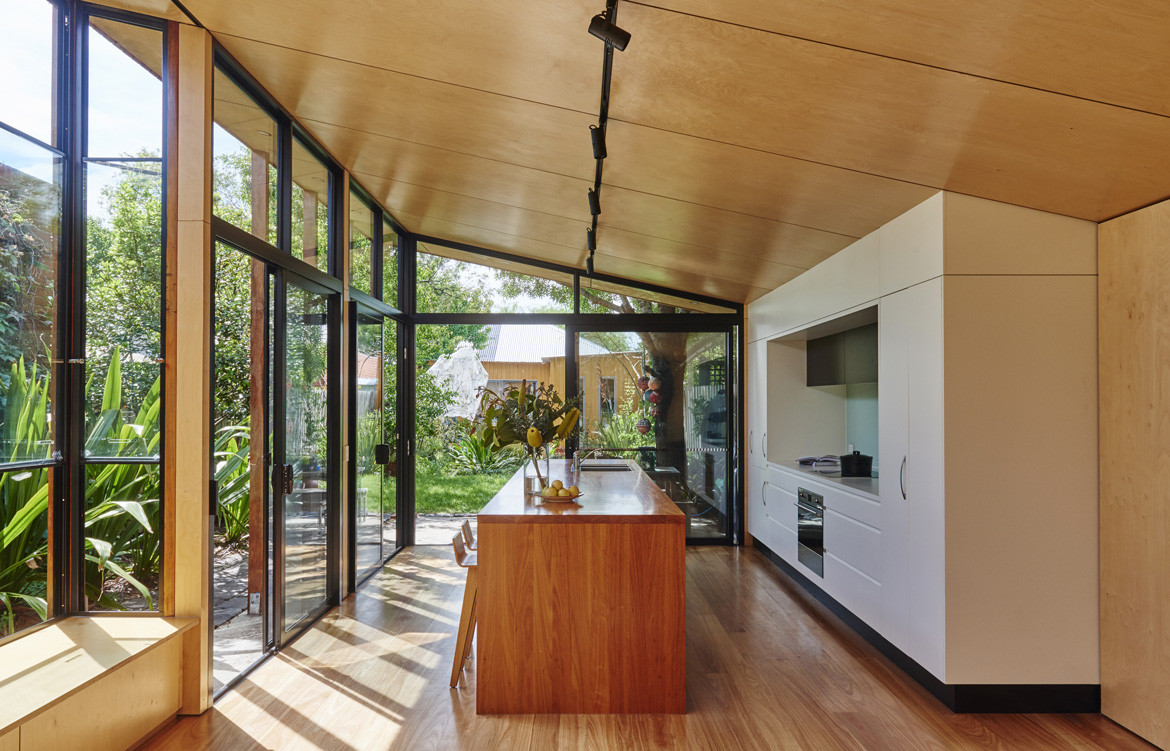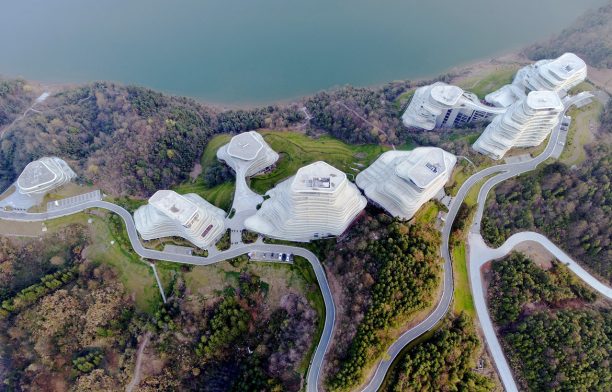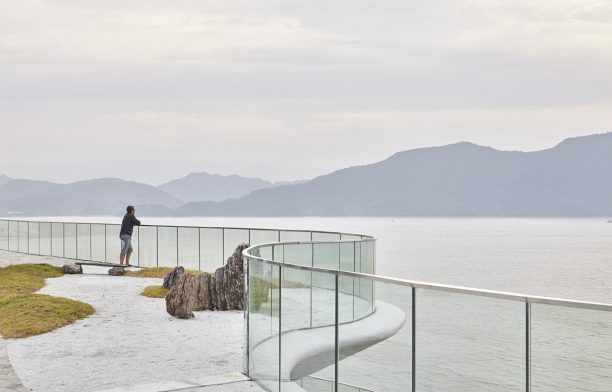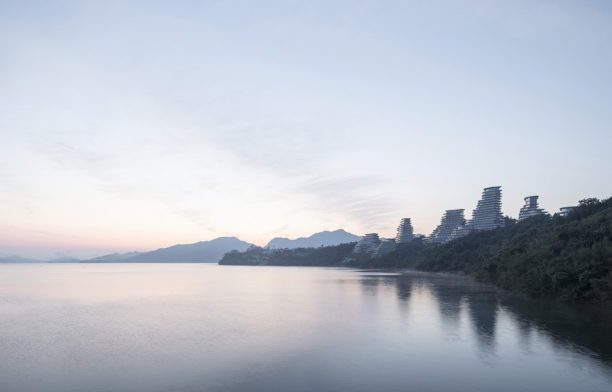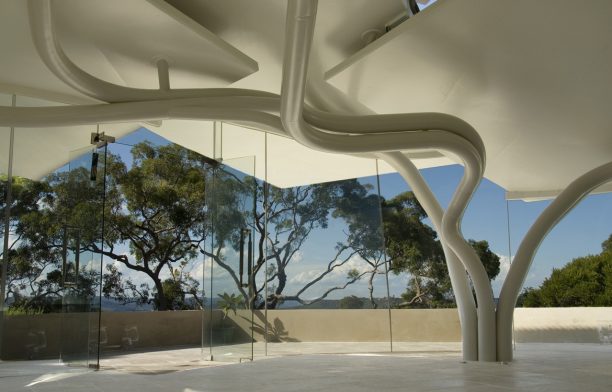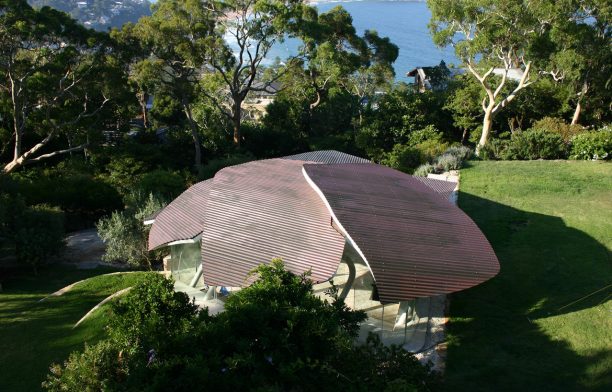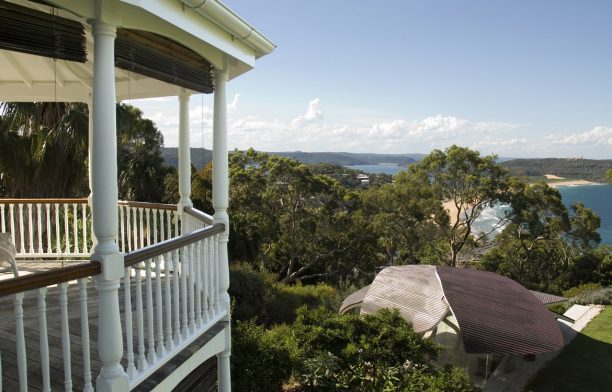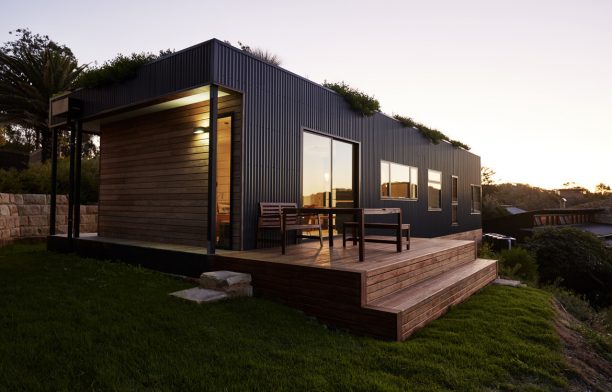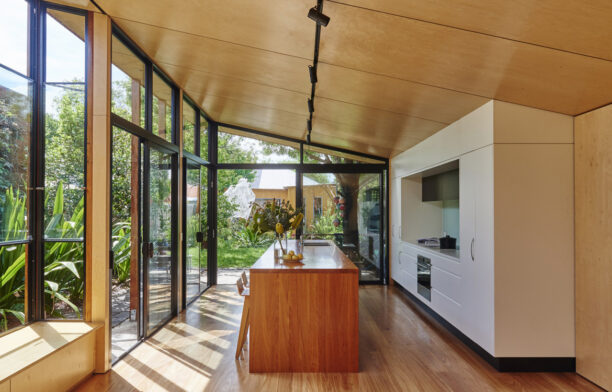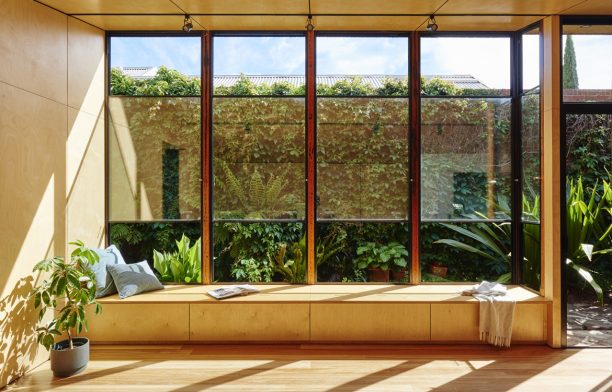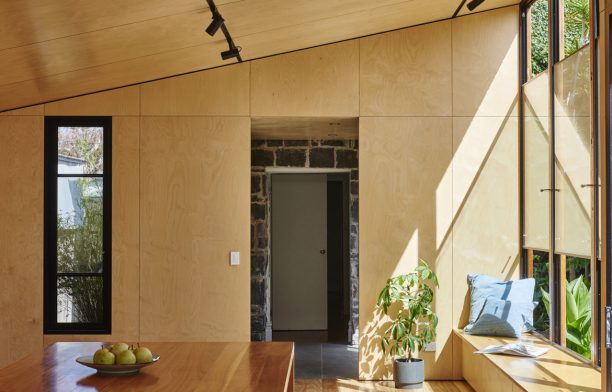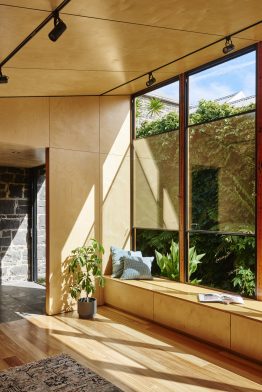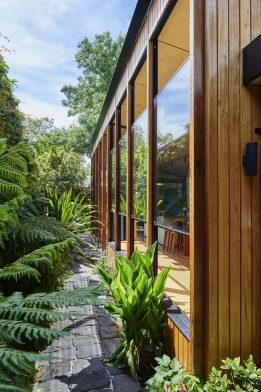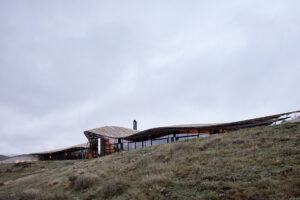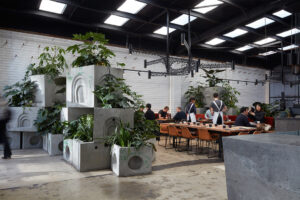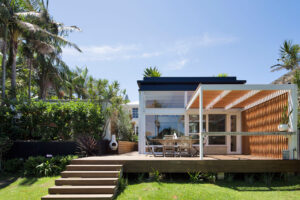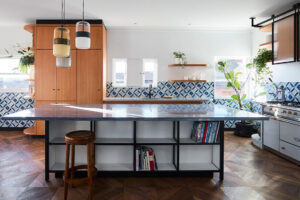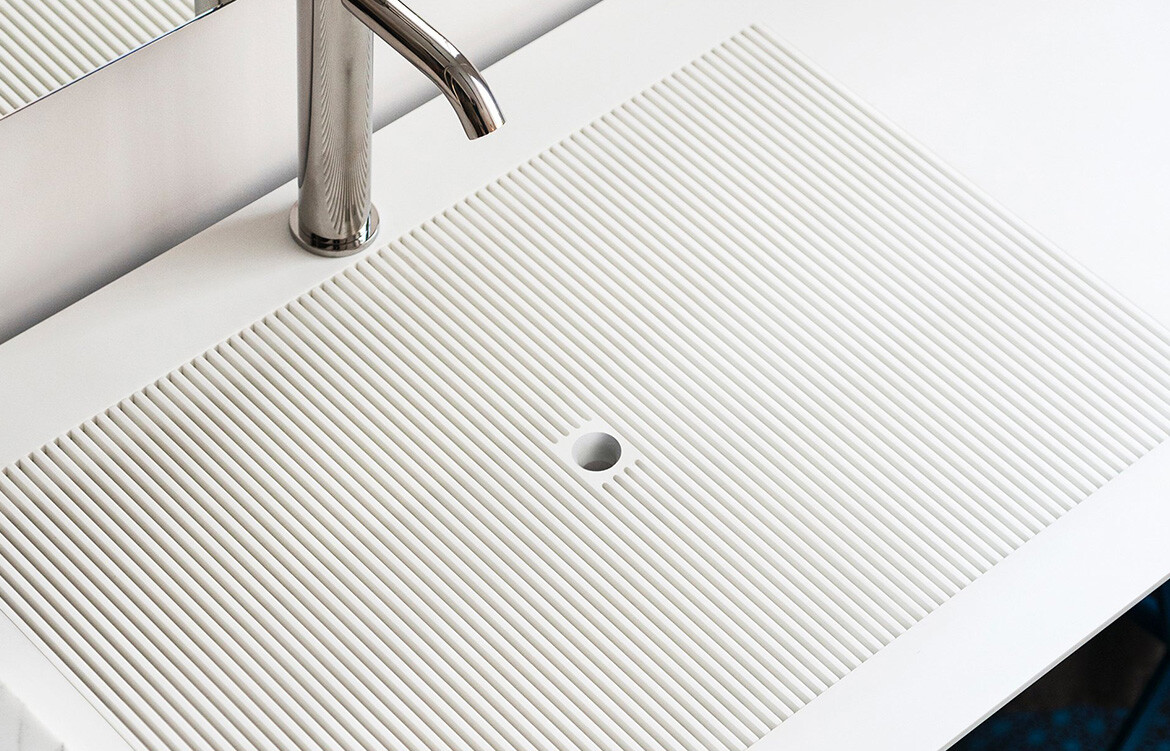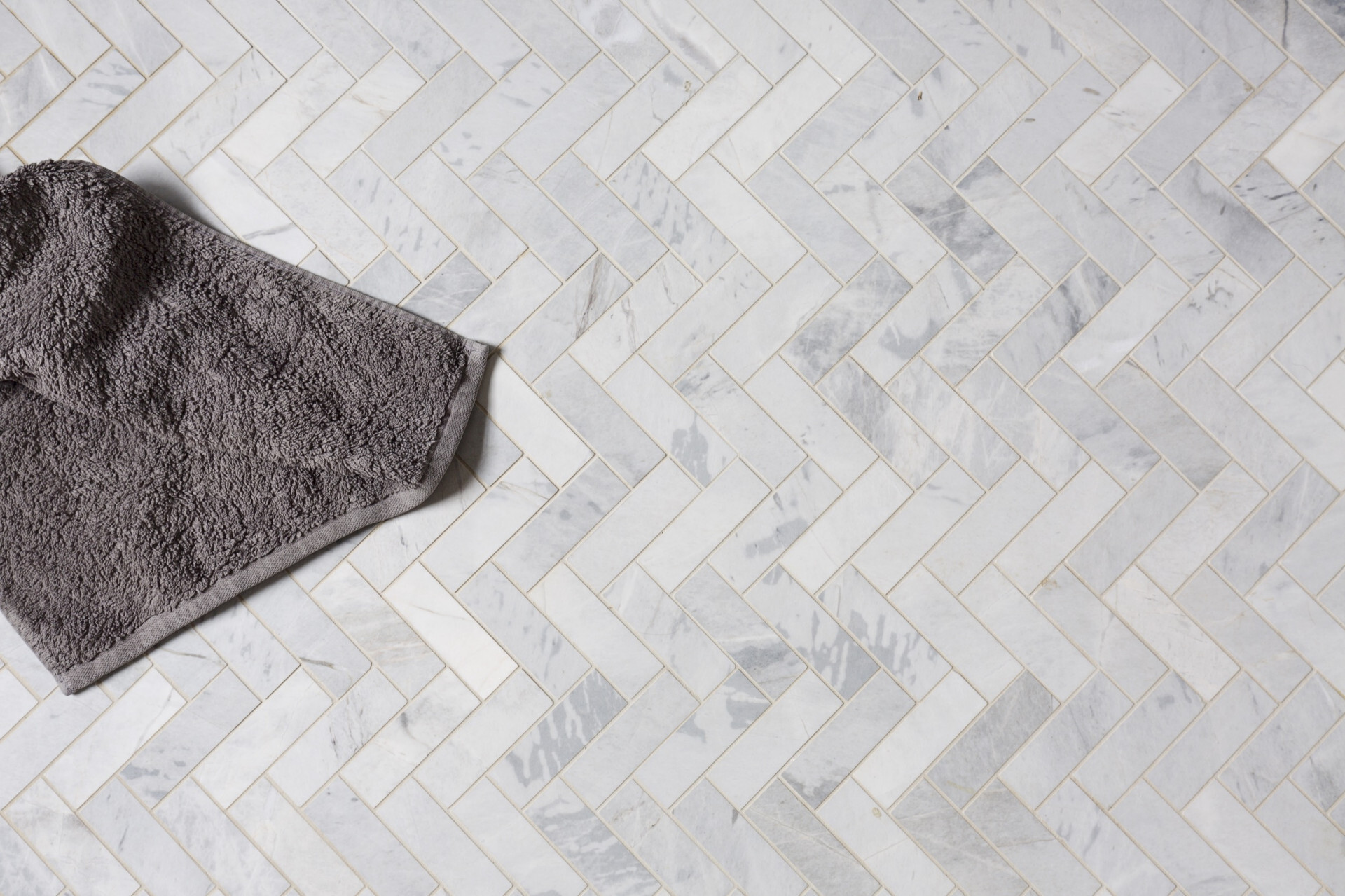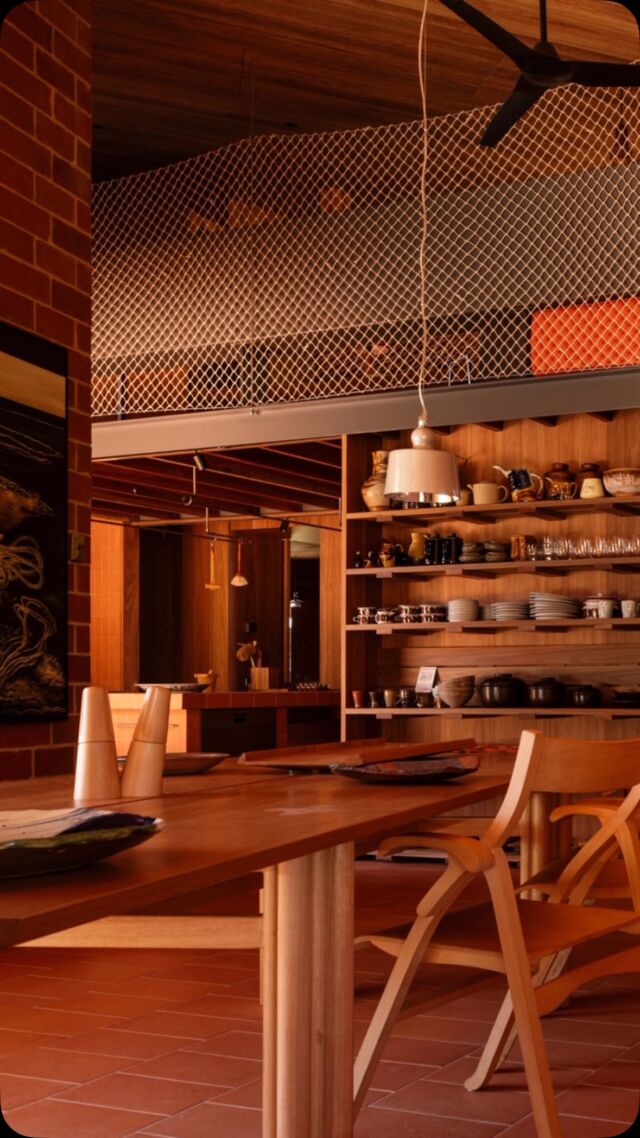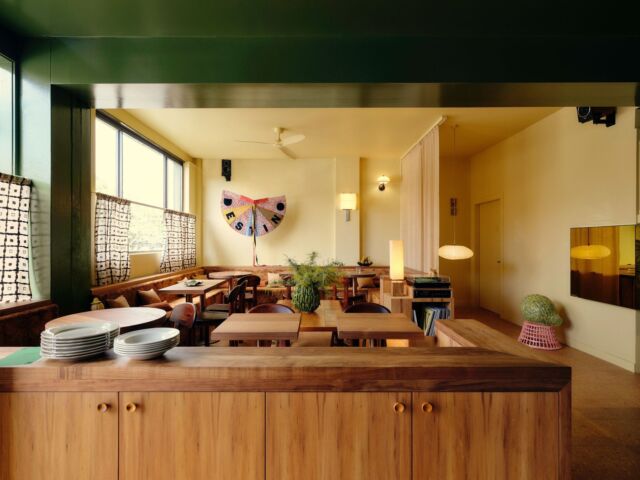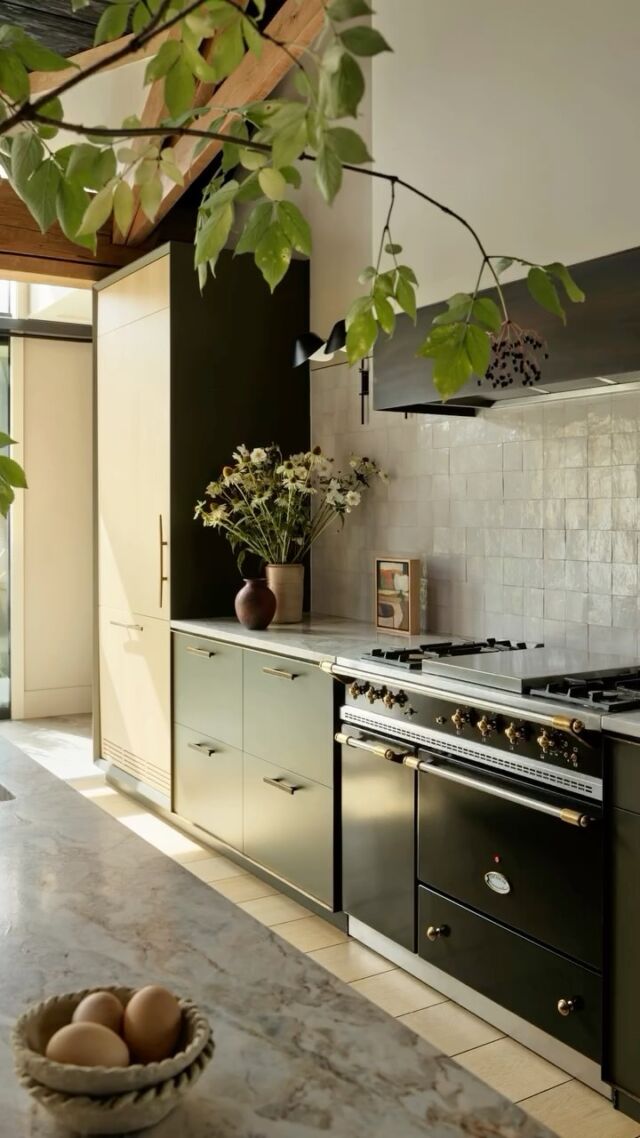There’s a school of thought gaining traction in design of late: nearly every problem that exists has already been solved by nature. Furthermore, that learning not just about nature, but from nature is the key to a better existence. This is the fundamental thinking behind biomimicry – a theory which advocates emulating, through art and science, nature’s best biological ideas to solve human problems.
While this theory has its limitations – nature can’t do anything about your email’s overzealous spam filter – the concept has carried a lot of weight throughout history, resulting in many inventions that have drastically changed the way we live. More recently – in part due to the release of the 1997 book, Biomimicry: Innovation Inspired by Nature by scientist Janine Benyus – the concept has found its way into the mainstream. Nowhere is the conversation more lively than in design, where architecture that utilises natural design elements to solve complex building problems continues to crop up.
Architects are right to embrace biomimicry; an idea adopted by the likes of Leonardo da Vinci and the Wright Brothers and responsible for inventions such as solar power, LED light bulbs and velcro. In fact, many of the landmark buildings of this century have been driven by one simple question: “how would nature approach this?”
Designed by DP Architects and Michael Wilford, Singapore’s Esplanade Theater and commercial district wears an elaborate skin, inspired by the multi-layered Durian tree, to keep interiors from overheating. In Taiwan, architect Toyo Ito drew inspiration from rocks, caves and the impermanence of water in designing The National Taichung Theatre. Thanks to its natural design elements, Toyo Ito’s building emanates a calm, soft atmosphere and is, for many, an antidote to the hectic pace of the industrial city.
Residential architecture too, is making strides. Set among the Heritage Listed peaks that have inspired artists for decades, Huangshang Mountain Village is MAD Architects’s response to biomimicry, which uses form, function and heeds to topography to develop ten residential buildings. Informed by the nearby teafields, no two of the ten are the same. Rather, each of the buildings are conceived to align with the natural curves and contours of the mountain it is set within, as well as to appear sculpted by wind and water.
The dialogue between lake, earth and sky is critical, and Huangshang Mountain Village’s footprint reflects this. Apartments are designed to extend from interior to exterior and create a sense of immersion in the surrounds for dwellers. “This is the basic idea,” Ma Yansong, the founder of MAD Architects, explains. “We hope that residents will not just look at the scenery, but see themselves in relation to this environment, an attention that is brought inward. In observing oneself, one perhaps begins to notice a different self than the one present in the city,” he says. In utilising natural design elements, MAD Architects have created a new kind of landscape: one where the line between environment and architecture is blurry at best.
- Photography by Shu He
- Photography by Hufton Crow
- Photography by Laurian Ghinitoiu
Undercurrent Architects takes the imitation game up a notch, recreating the form of a leaf almost exactly – albeit on a much larger scale – for a home in Sydney’s Northern Beaches. “There are many mimetic aspects of Leaf House and one of the design aims for the building was to reflect and respond to the beautiful site and surroundings,” Didier Ryan of Undercurrent Architects tells. “We interpreted these as essences that should pervade through the building. Leaves, trees, roots, clouds, rain, ocean currents – a small part of each is inherent in this building,” he says. The roof’s emblematic structure is complemented by undulating glass walls, which modulate light to bend and stretch the interiors and further infuse the building with the outdoors.
While buildings like Leaf House blur the line between what is ‘natural’ – and what is not – through form, invisible architecture gets rid of the line altogether. Focussing completely on the existing environment, invisible architecture goes to great lengths to remain incognito. Some of these lengths – cubic mirror structures, for example – aren’t for everyone. Subscribing to this way of thinking however, can still be subtle.
Integrating buildings further into the environs, green roofs enjoys both environmental and economic benefits. Founder of Archiblox, Bill McCorkell, explains. “Green roofs absorb the sun’s harsh rays and provide much-needed insulation. They increase the thermal performance of a home, lowering energy costs and increasing plant life to encourage biodiversity,” he says. A garden crown is particularly beneficial in Avalon House, where the owners sought to create a tangible connection to greenery to complement the property’s ocean views.
Photography by Michael Wickham
For homeowners similarly looking to introduce natural design elements that will emulate their surroundings, a green wall is another good place to start. Cleaning the air of pollutants and offsetting dweller’s carbon footprints, these rich living tapestries also have positive effects for mental health. Envisioned by Altereco Design, the Cole St property features large, north-facing sash windows to showcase the garden’s expansive green wall, and the effect is instantly uplifting.
Photography by Nikole Ramsay
Design and biological science may seem an unlikely pairing, but biomimetic architecture – and the many modern interpretations of this concept – proves this marriage to be one for the ages. In two fields where innovation and planning for the future are trumpeted above all else, it’s comforting to know that, when we really strip things back, nothing can take the place of good old-fashioned Mother Nature.
We think you might also like A New Wave Of Nature-Driven Design


